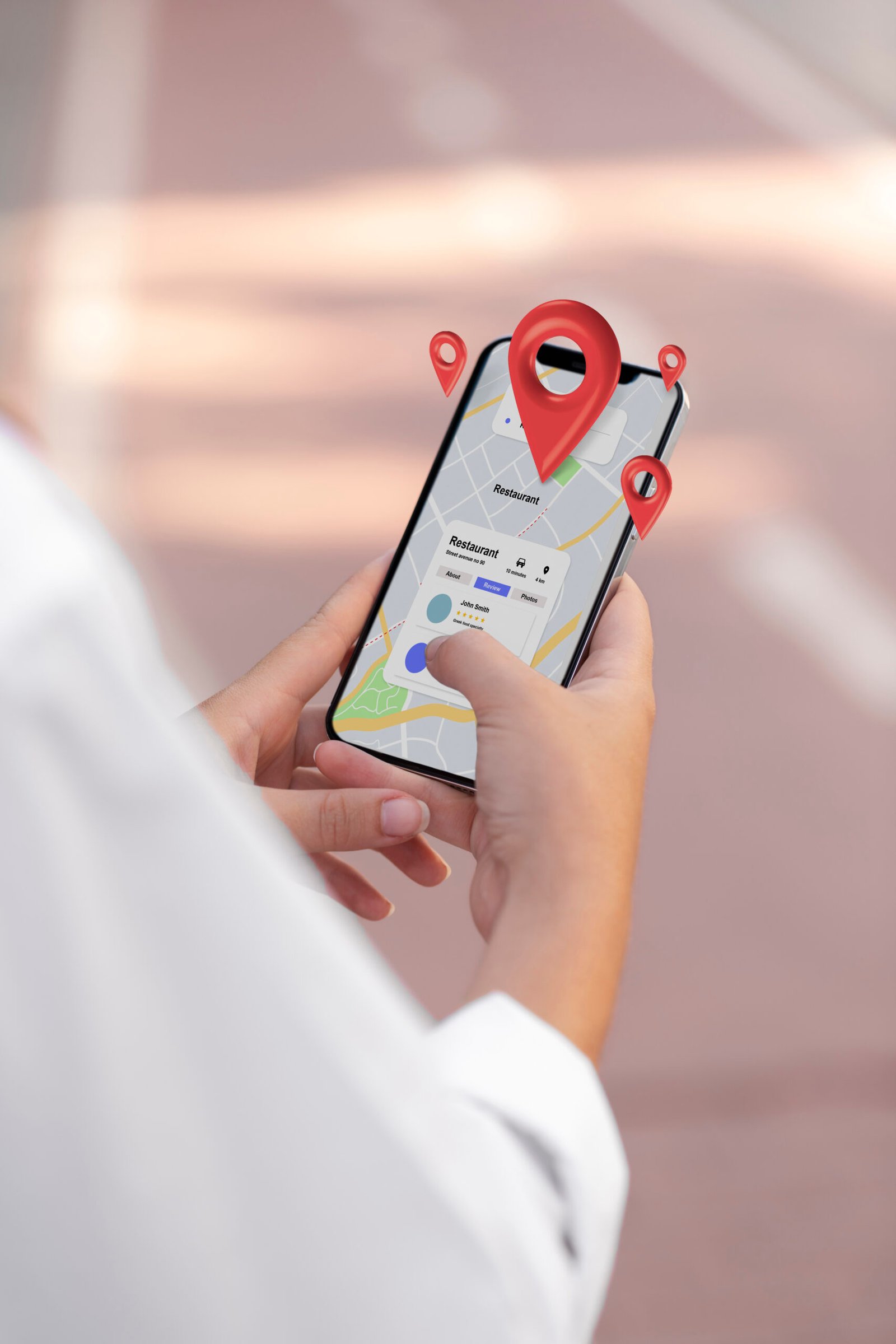Mobile-First Website Design: Why It’s Crucial for SEO in 2025
The ever-changing digital scenario is demanding innovation in every way possible. In such cases, what we need is a new way of thinking. Mobile-first website design is not optional but essential in the current digital era. The businesses that fail to optimise their websites to be mobile-friendly risk losing visibility, traffic, and potential customers with the changing Google algorithm. What Google wants is mobile-friendly websites. In 2025, having a mobile-first design isn’t just about aesthetics; it’s about delivering seamless user experiences and improving search engine rankings.
What Is Mobile-First Website Design?
Designing a website primarily for mobile devices and then optimising it for larger screens, such tablets and PCs, is known as mobile-first website design. This strategy guarantees that visitors on smartphones, who account for the bulk of web traffic, have a flawless and optimised experience.
Why Mobile-First Design Matter for SEO?
1. Mobile-First Indexing of Google
With its complete shift to mobile-first indexing, Google now ranks websites based solely on their mobile version. If your website isn’t responsive, it can rank lower and be less visible in search results. Mobile-first website design does make a difference in Google ranking.
2. Faster Load Times Improve Rankings
One important ranking factor is speed. SEO suffers when a website loads slowly because bounce rates rise. The goal of a mobile-first website design is to maximise speed using methods like effective caching, lightweight code, and picture compression.
3. Better User Experience Reduces Bounce Rates
A mobile website that is responsive and simple to use keeps users interested. Visitors are more likely to abandon a website that is difficult for them to explore or read on a mobile device, which tells search engines that the page is not user-friendly. So, guys, never underestimate the importance of a mobile-first website design!
4. Higher Local Search Visibility
Websites that prioritise mobile optimisation rank higher in local search results, particularly for companies that cater to local clients. Mobile-first website design is a ranking criterion for local SEO according to Google, which makes it simpler for potential clients to locate and get in touch with your company.
5. Increased Conversions and Engagement
Whether a customer is calling a business, making a purchase, or scheduling an appointment, a smooth mobile experience promotes higher conversions. Contact information, forms, and call-to-action buttons are all made available with a mobile-first design.
Key Elements of a Mobile-Friendly Website
Certain key elements decide whether a website has a mobile-first website design. Let’s analyse some of them.
- Responsive Design: Ensures the website adapts to different screen sizes.
- Fast Loading Speed: Optimize images, use caching, and minimize code.
- Thumb-Friendly Navigation: Ensure buttons and menus are easy to tap.
- Readable Fonts and Content: Avoid small text that requires zooming.
- Optimized Media: Use adaptive images and video formats that load efficiently.
How does Google React to Websites that are mobile friendly?
Google has responded to the increasing number of people using mobile devices to access the internet by focusing on mobile-first indexing. By prioritising the mobile user experience, a mobile-first website design ensures responsive layouts, quick loading times, and simple navigation on smaller devices.
Google formally implemented mobile-first indexing in 2018, meaning that a website’s mobile version is now used as the main indexing and ranking source. Your website will probably rank higher in search results if it is mobile-friendly. Conversely, websites that are not responsive to mobile devices can experience a decline in traffic and exposure. So, business owners, don’t ever compromise with a mobile-first website design
How is a mobile-friendly design tied to Google’s Core Web Vitals?
Google’s Core Web Vitals, a collection of user experience criteria that affect search rankings, are linked to mobile-first design. These include visual stability, interaction, and loading speed—all essential components of a mobile-friendly website.
Google’s algorithms consider many factors when assessing a mobile-first website design, including responsive design, mobile usability, content parity across desktop and mobile versions, and page speed. Websites that load rapidly and work flawlessly on all devices are preferred. Buttons should be simple to click, and content should be readable without the need for zooming or horizontal scrolling.
Google supports this by offering developers tools like PageSpeed Insights and Mobile-Friendly Test to assist them in optimising their websites for mobile-first indexing. These tools provide information on usability problems and make recommendations for enhancements to improve the mobile experience.

Conclusion
In 2025, having a mobile-first website design is essential for SEO success. Businesses may raise their overall search ranks, increase their exposure in local searches, and increase foot traffic, calls, and inquiries by putting a high priority on responsiveness, quick load speeds, and mobile-friendly features. Now is the moment to make the switch and maintain your top search engine rating if you haven’t already optimised your website for mobile.





Leave a Reply